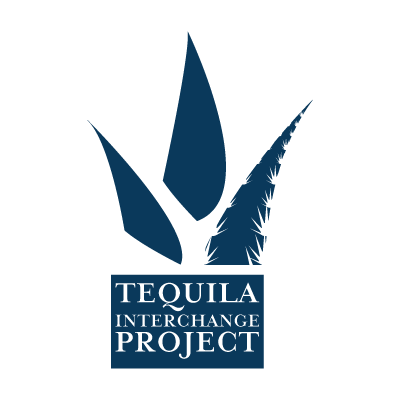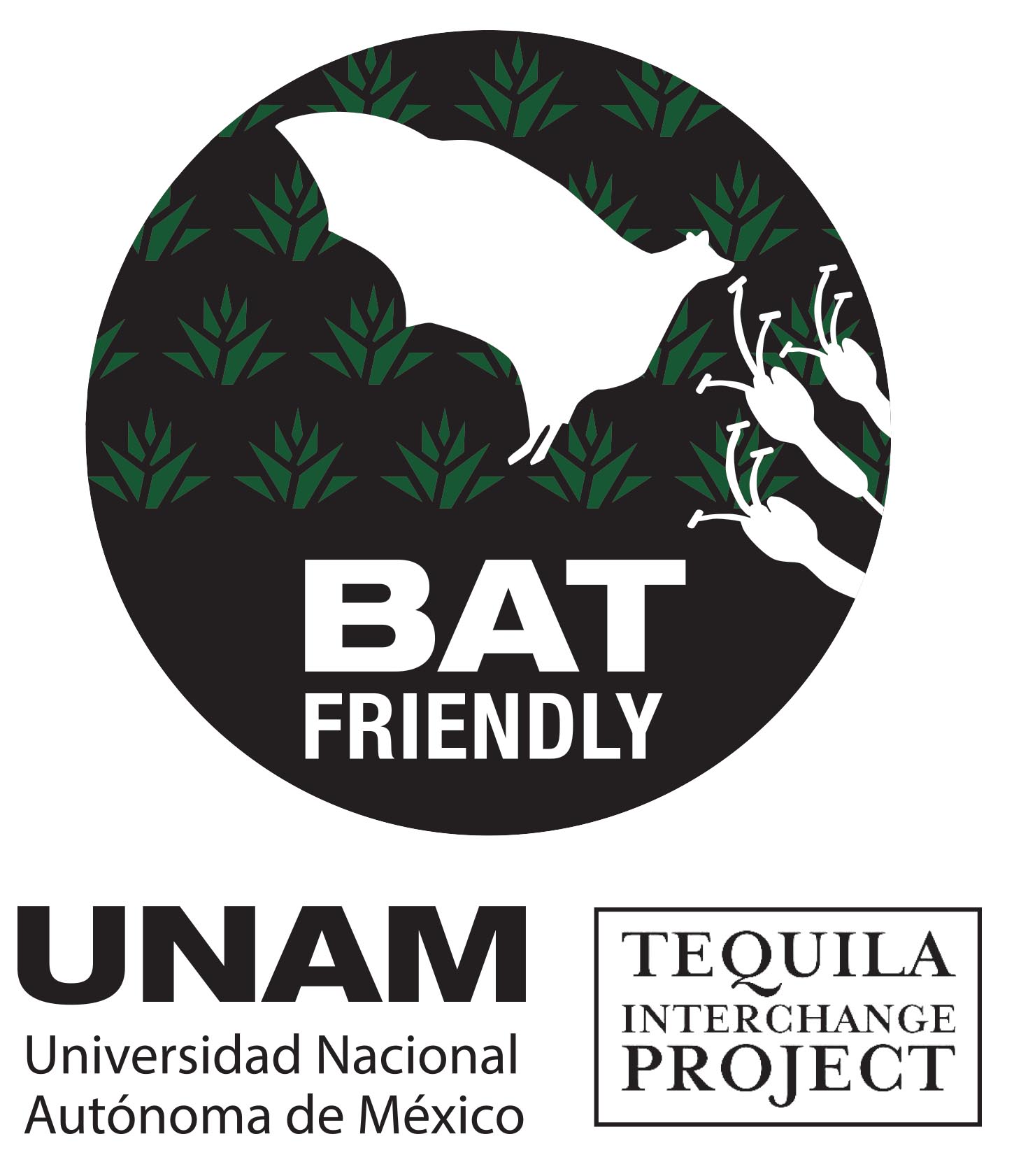Drinking for a Greater Agave Distillates Industry

It’s no secret that the demand for raw materials used to produce agave (Tequila and Mezcal) spirits is growing at a rate faster than that can be produced, Agave tequilana weber being the most notable example. Everyone knows that we are rapidly depleting our stocks of agaves in both Denominations of Origin.
Here are a couple observations to make.
Think of the raw material, the agaves, used in the production of these spirits as a commodity. The consequences of high demand for a commodity should be an increase in the price of the final product if supply stays the same or decreases. Economically, this is a straightforward concept. Demand grows, price must increase unless there are recognized efficiencies in production. Tequila is already a highly optimized version of mezcal from the perspective of both labor and sugar extraction. If it is true that agave supply is restricted, even if demand stays the same, prices should rise unless someone is manipulating the market.
We are witnessing the greatest price increase in raw materials for the production of the two most popular agave spirits from Mexico. This increase has no precedent in known records. The price of Agave tequilana is as high as 27 pesos per kilo (1.46 USD). Espadin has reached average prices never seen before, 8.5 -12 peso per kilo (0.46 – 0.65 USD), sometimes reaching 15 pesos (0.81 USD). If this is the case, why are Tequilas and Mezcales in today’s market available at prices that do not cover the cost of the raw material used in their production?
We understand that high inventory levels could be used to benefit from situations like this one. In many cases, producers that have vast amounts of distillate in inventory can afford to maintain a competitive advantage. However, there is a difference between maintaining a competitive edge and underselling to monopolize the market. Smaller producers do not have the capacity to withstand these periods whereas larger companies using virtually unlimited resources can artificially undercut the real cost of agave spirits.
With these observations in mind, what actions as agave spirits consumers should we take?
Agave spirits priced under $22 a bottle may be saving retailers and consumers money short term, but it is doing serious harm to the industry. You need 7 kg of agave to produce a liter of Tequila. At the the current average price of agave, 23 pesos per kilo, producing one liter would cost 161 pesos ($8.94 at an exchange rate of 18 pesos per $1) per liter. This does not include any other costs of production, such as labor, packaging, transportation, and taxes. $8.94/liter includes only the cost of agave.
For a crisis of this magnitude and for the greater good of the industry we should be conscious of our involvement and demand answers from those choosing to turn a blind eye towards the impact of their actions.



